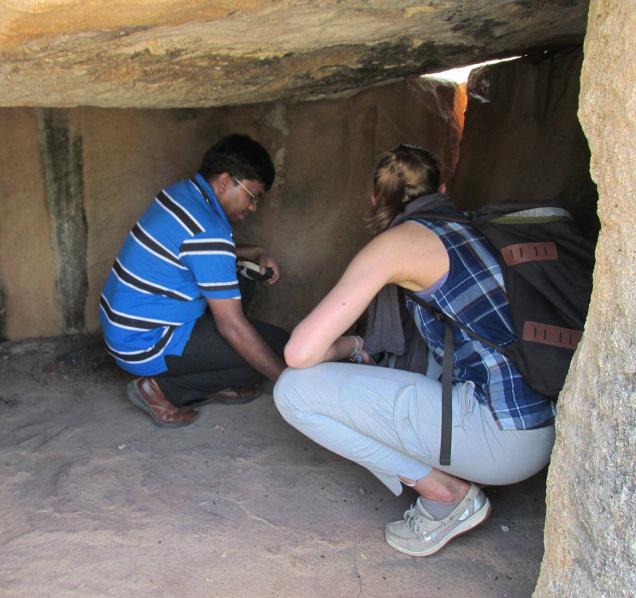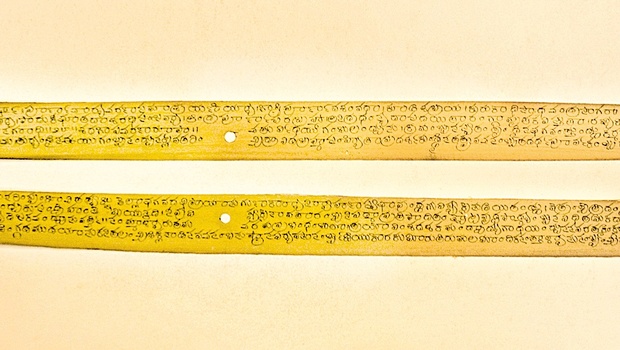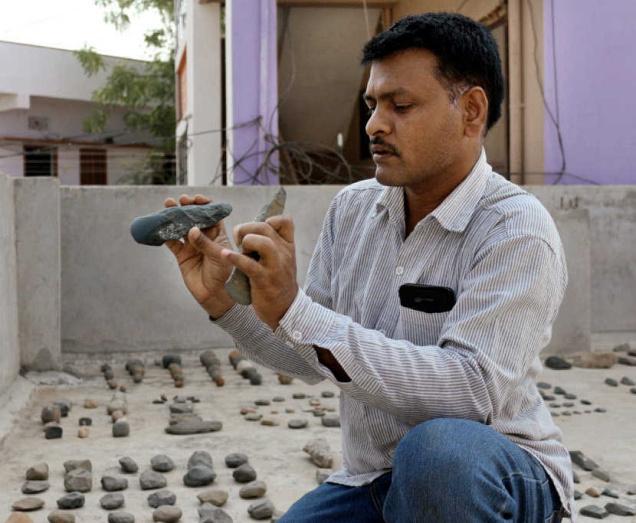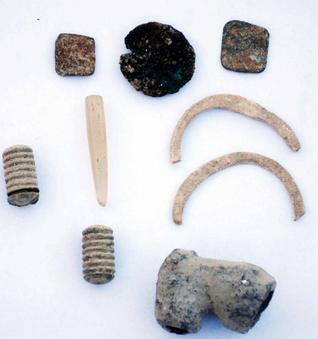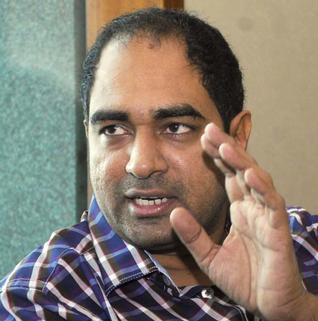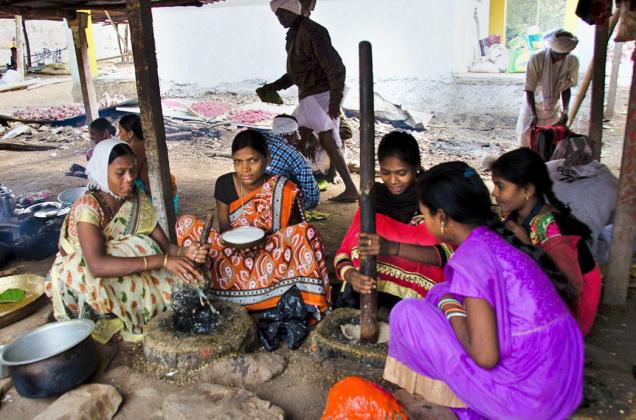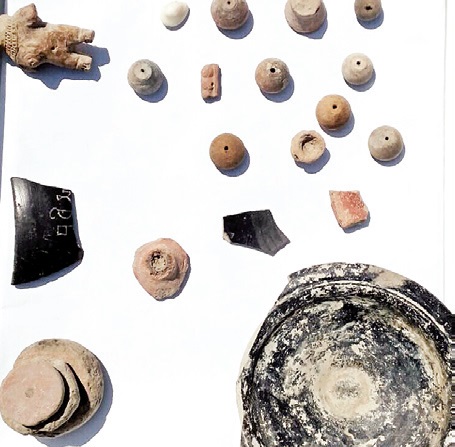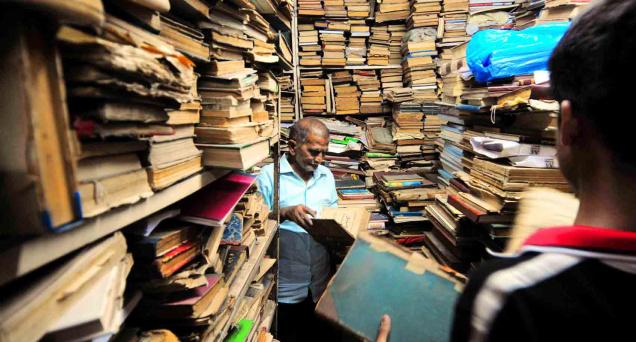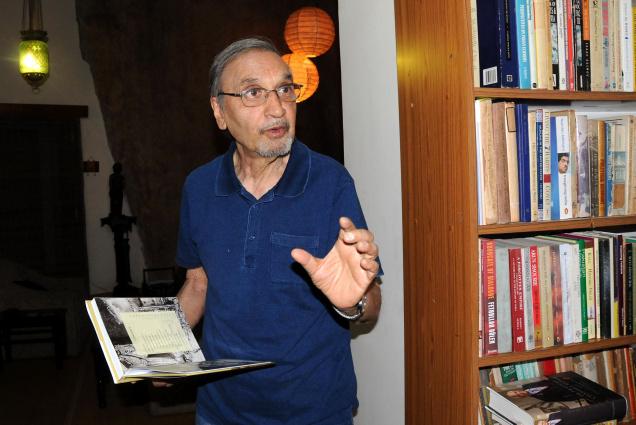
Hyderabad, TELANGANA :
Narendra Luther talks about weaving in amusing legends and fact-filled anecdotes in his new book ‘Legendotes of Hyderabad’
‘Don’t google the meaning of ‘legendotes’ for there is no such word,’ historian Narendra Luther says in the introduction to his new book ‘Legendotes of Hyderabad’ (Niyogi Books; Rs. 995). A combination of legend and anecdotes, ‘legendotes’ is also an encapsulation of nuggets of history, backed by research, presented in the style of a coffee table book illustrated with photographs of people and buildings that provide a window to the past. “To my surprise, the publishers were eager to have more photographs,” he says with a smile, speaking to us ahead of the launch of his book on Thursday in the presence of historian Aloka Parasher Sen.
“During the course of my research on Hyderabad over the years, I came across both legends and anecdotes. Legends are generally considered gossips of history, but some of those are also stuff that makes up history. Former historians, I believe, walked on the highway of history whereas I feel many pieces of history lie scattered in the lanes and by lanes of the city. I collected a few of these and applied tests of historicity and veracity before documenting them,” explains Luther. Narendra Luther focuses both on stories that are now popular knowledge and lesser-known facts that give readers fresh insights into the history of Hyderabad and Secunderabad. “These are not mere ‘he said, she said’ facts put together,” he emphasises.
Luther also prefers to gather information from people than just documents from the archives: “I believe in interviewing people to know about history than merely going through archives; they have given me a wealth of information,” he says, referring to how he got the late Zahid Ali Kamil to share the story of Kazim Razvi, who led the Razakars movement. The author draws our attention to rocks of Hyderabad that are 2500 million years old and as he points out, ‘older than the Himalayas’ and traces the origin of Hyderabad, including the much-debated tale of romance that gave birth to Bhagnagar. “The historicity of Bhagmati has been established beyond doubt,” says Luther, and states his earlier research while penning a biography of Mohd. Quli Qutb Shah that led him to a document mentioning an old seal of ‘qazi of Bhagnagar’. “And in the court of Jehangir, there was a reference to the city of Bhagnagar in the South, established by Quli Qutb Shah in memory of his beloved,” he adds.
The book contains quirky stories of a dog made to sit on a throne by Sultan Tana Shah in recognition of it raising an alarm spotting an intruder, Aurangzeb’s visit to Bhagnagar and Stalin’s orders on the red revolt. There’s also a perceivable effort to make history relevant to the times we live in, in the chapters that detail how the King Kothi got its name, the story of Lal Bazaar in the then Lashkar that later came to be called Secunderabad. “I’ve given historical citations even for amusing stories,” smiles Luther, citing the story of seven kulchas and how the kulcha was represented on the Nizam’s flag. “This was contradicted by the man himself, the first Nizam, who said the ‘circle’ was a moon that denoted his name Kamaruddin (‘Kamar’ in Persian means moon). But later when the sixth Nizam was approving the design of the flag in 1899, issued a written mentioning the big white circle as a kulcha.” Like his previous works, this book too is an ode to Hyderabad.
Hyderabad connection to ‘Jai Hind!’
Did you know that it was a Hyderabadi who coined the slogan Jai Hind? Zain-ul Abideen Hasan was pursuing engineering in Germany at the time when Netaji Subhash Chandra Bose visited Germany and urged Indian students to join his movement to liberate India. Abid Hasan gave up his studies and became Netaji’s secretary and interpreter. ‘Legendotes of Hyderabad’ discloses why Abid came to be called ‘Safrani’ in later years and how he coined the term ‘Jai Hind’ as the greeting for his army and for independent India.
source: http://www.thehindu.com / The Hindu / Home> Features> MetroPlus / by Sangeetha Devi Dundoo / Hyderabad – January 30th, 2014

